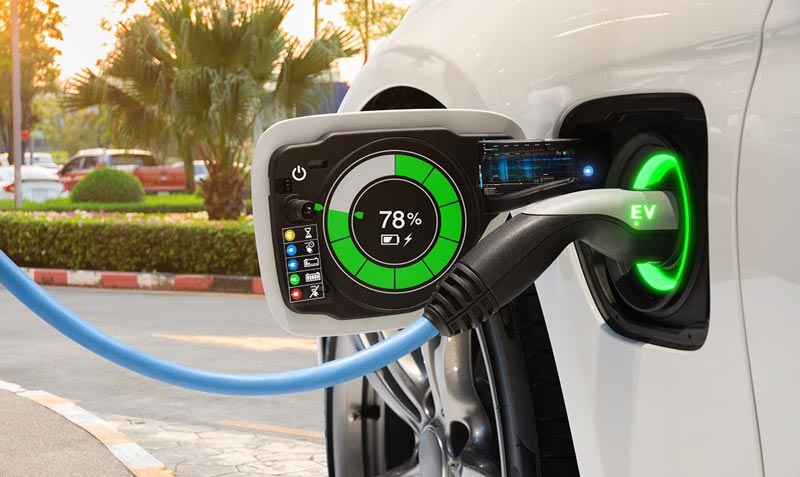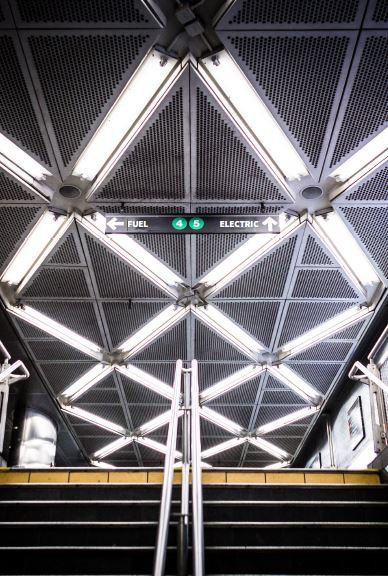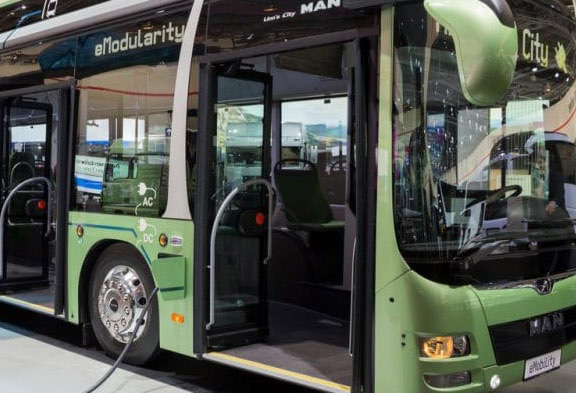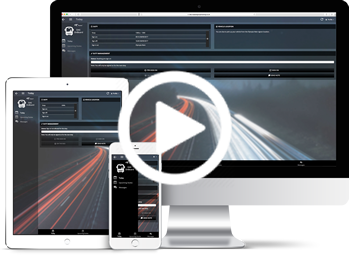Electrification of Bus Transport
There are plenty of factors which require careful planning when it comes to management of bus transport, including route planning; driver scheduling and shifts; and vehicle maintenance. Fuel, however, is not typically one of them.
Today, most vehicles are able to carry a full day’s worth of fuel, simply refuelling at depots overnight. The risk of running dry mid-journey; and the matter of when, where and how to schedule refuelling stops throughout the day, are not factors with which operators have needed concern themselves.
However, the era of electric vehicles will, of course, radically change this situation.
On the one hand, electrification requires bus schedulers to consider a question they have never before had to work with: how do you manage scheduling and route planning when buses require recharging through the day? On the other, electrification also has the potential to introduce a whole new scale of efficiencies, both in terms of day-to-day bus operations, and longer-term planning and scheduling.
In short, electric vehicles could utterly reshape the transport networks of the future and how they are managed.
The downside
The major downside of electrification in the bus industry is that a single battery charge will, at least for the next few years, not be sufficient to drive a bus for a whole day. In other words, intermediate charging will be necessary throughout the day, and this will
need to be taken into account when scheduling the bus. A new factor is therefore layered into the process of bus scheduling, and this means scheduling algorithms need to become more sophisticated.
In the electric era, bus scheduling algorithms will need to look at the increased need to calculate a bus’s optimal route and charging times, to ensure the vehicle asset can be utilised as fully as possible. Real-time prediction of what the bus is going to do becomes absolutely essential in this scenario, because buses cannot be allowed to run out of electricity before reaching a charging point.
This requires Internet of Things (IoT)-enabled sensors which are able to measure not only the location of the vehicle, but also the battery’s remaining charge; as well as factors which will affect how quickly it drains – including the likely speed of travel, number of passengers and any other loads, energy usage from in-vehicle USB charging, and weather conditions. And of course, there is also a requirement for an algorithm which can analyse all of this information on an ongoing basis – along with the time it will take the bus to recharge at the next stop – and feed all these calculations into broader bus scheduling.
This means that machine learning and predictive analytics will become essential tools in order to avoid potential headaches for operators.

The upside
Now for the advantages – and there are plenty.
First, many people underestimate the reliability improvements associated with electric buses. They break down far less frequently than typical diesel buses, meaning that the time and cost of maintenance is reduced, as well as negative impact of mid-operation breakdowns, which understandably frustrate passengers, introduce PR headaches, and undermine all-important faith in public transport. Diesel drive chains are much more complex and liable to mechanical issues compared to electric vehicles.
Second, the passenger experience in electric buses is far superior to that in diesel powered buses. The ride is less noisy, not only because of the quieter engine, but also because there are fewer rattles caused by components vibrating due to the diesel engine. Acceleration is smoother, and of course, air quality is improved.
Third, because, as mentioned, there are far more vibrations and temperature fluctuations associated with diesel engines, this poses challenges for in-vehicle electronics. For example, starting the diesel engine leads to significant drops and spikes on the electric supply lines in the bus. This not only leads to reliability issues for other systems, but can also make it more challenging to install sophisticated IoT sensors.
And this brings us back to the challenge of optimising the charge on electric buses. If operators can use IoT sensors and machine learning to master the art of finding optimised schedules for electric vehicles, they will be able to run services which are far more efficient overall.
Meeting the challenges head-on
There is no doubt that electric vehicles pose some new challenges for bus operators in terms of scheduling. A whole new factor is being introduced into route planning, timing the gaps between buses and the time spent at stops – no longer will driver shift patterns be the primary factor in scheduling vehicles.
However, their effective use is a key element in the transport vision of the future. By generating better data from across the bus network through more capable and cheaper IoT devices, and then using machine learning algorithms to turn this data into tangible insights, public transport executives can dramatically improve the overall bus experience.


In February, the UK government announced a £50 million plan to create the country’s first ‘all-electric bus town’, ahead of working to ensure all buses are fully electric by 2025. Electric bus fleets are of course not a pipe dream; they are rapidly becoming a reality.
Here to help
Contact us and speak with one of our specialists:
+44 (0) 808 281 1039
More Info
About Us | Careers | Contact Us | Legal | Privacy
(c) 1999 – 2021 Trapeze Software ULC. All rights reserved
Trapeze Group respects your privacy

